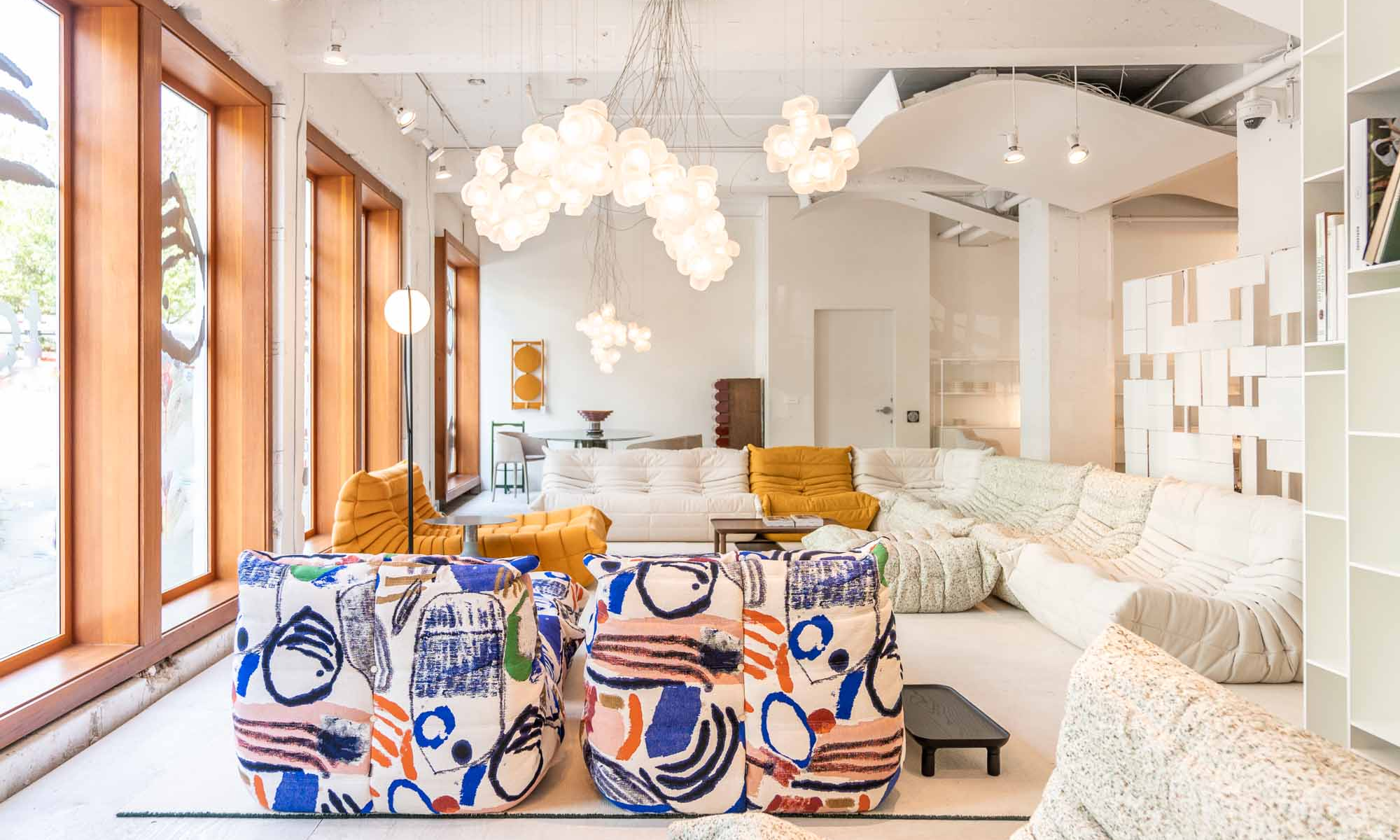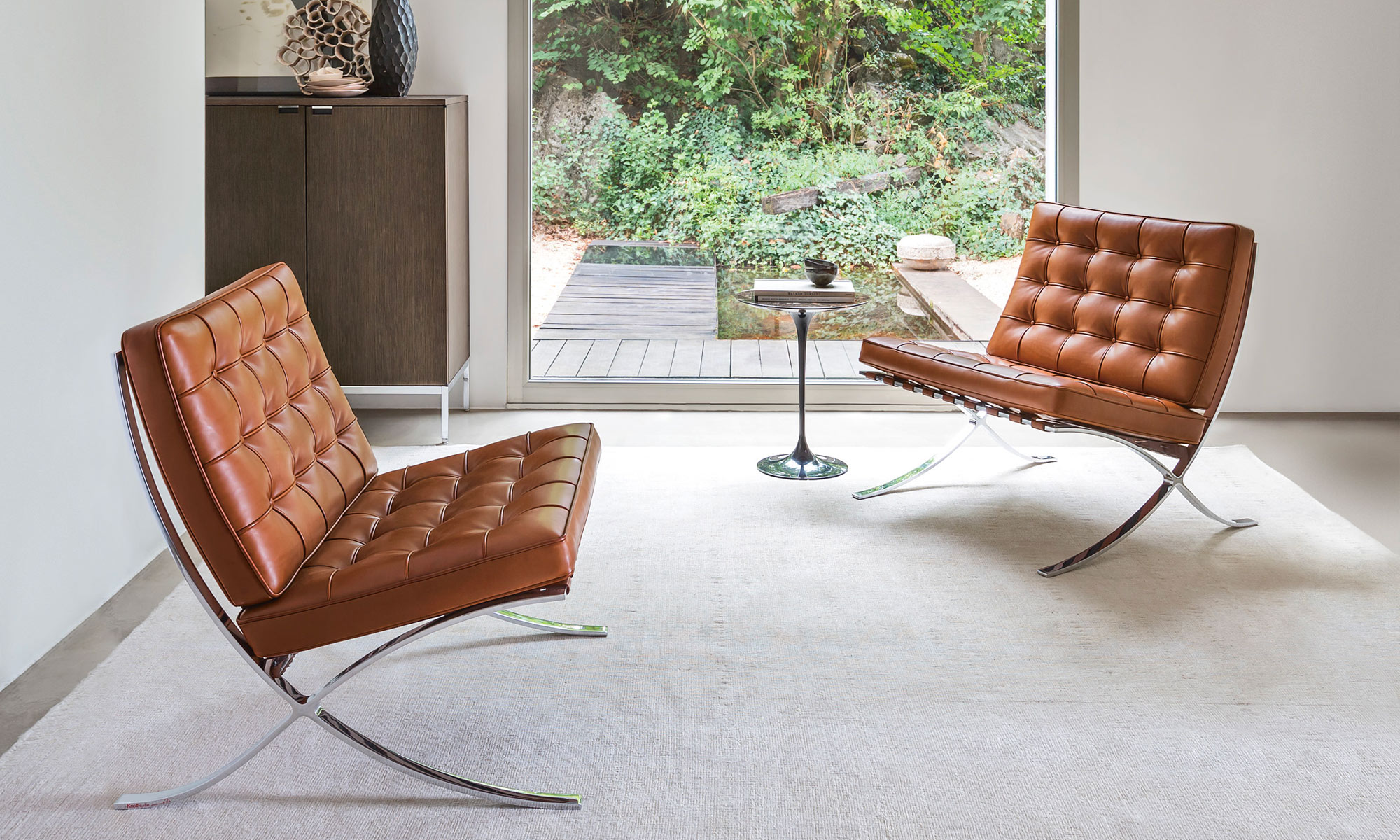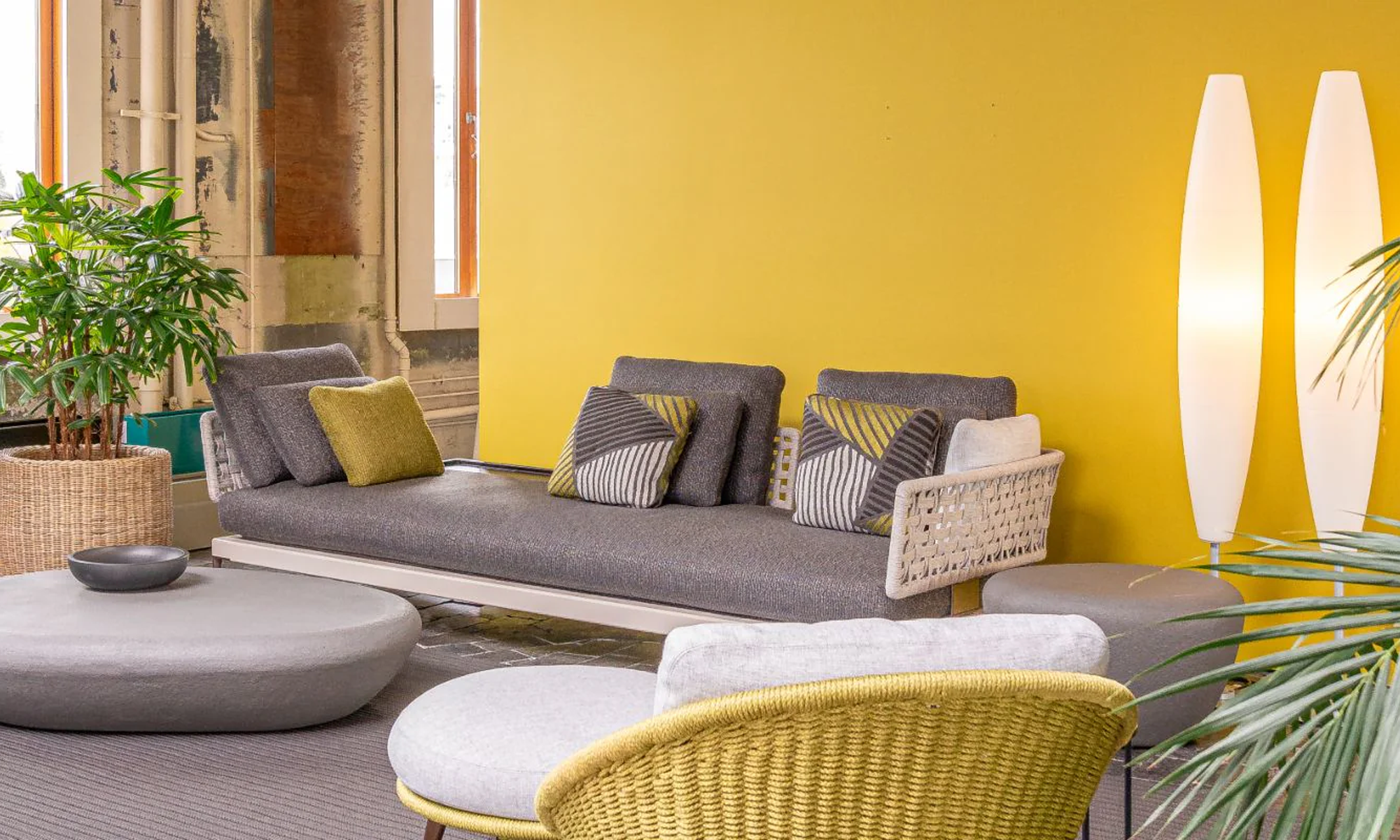
Why Long Lead Times Are A Fact Of Life In Design
In the fast-paced world of modern consumerism, where trends come and go like fleeting whispers, it’s interesting to observe the deliberate unhurriedness of designer products’ journey from conception to the homes of the people who invest in them. In our hyper-convenient modern lifestyles, we’ve become accustomed to having everything we want at our fingertips the moment we want it, so being told we’ll have to wait months to receive something tends to go against our programming. Beneath the veil of anticipation, however, several factors intertwine to give rise to the prolonged lead times of designer products.
- Craftsmanship and Artistry: Designer products are often characterized by their impeccable quality and attention to detail. Behind every masterpiece, there's a team of skilled artisans pouring their craftsmanship into every stitch, brushstroke, or element. Such intricate work requires time –– time to ensure that each piece meets the designer's uncompromising vision.
- Material Sourcing: Designers often opt for the finest and most unique materials to bring their visions to life. These materials might need to be sourced from various corners of the world, each contributing a distinct element to the final product. This intricate material procurement process can contribute significantly to lead times.
- Customization and Personalization: Personalization has become a hallmark of designer products, allowing consumers to imprint their individuality. This, however, requires additional time to incorporate specific choices into the manufacturing process without compromising on quality.
- Collaboration and Coordination: The creation of a designer product is rarely a solo endeavour. Designer's collaborate with skilled teams spanning various disciplines –– from pattern makers to artists, architects and manufacturers. This collaboration demands effective coordination, communication, and synchronization, which can extend the production timeline.
- Quality Assurance: Maintaining stringent quality standards is non-negotiable for designer products. This involves rigorous testing, quality checks, and if necessary, revisions. Ensuring that each product meets the high expectations of both the designer and the consumer takes time.
- Limited Production Runs: Designer products often follow a limited production run model, where exclusivity and scarcity contribute to their allure. While this approach enhances the product's perceived value, it necessitates careful planning and a controlled pace of production.
If you're in the market for a designer product, chances are you value quality and understand that one-of-a-kind comes at a cost. Still, in a world accustomed to instant gratification, the prolonged lead times of designer products might seem out of step with our expectations. These temporal delays, however, are intrinsically linked to the essence of the artistry and craftsmanship that define these products. As consumers, appreciating the meticulous processes behind these creations can enhance our understanding of their true value and the stories they tell.

